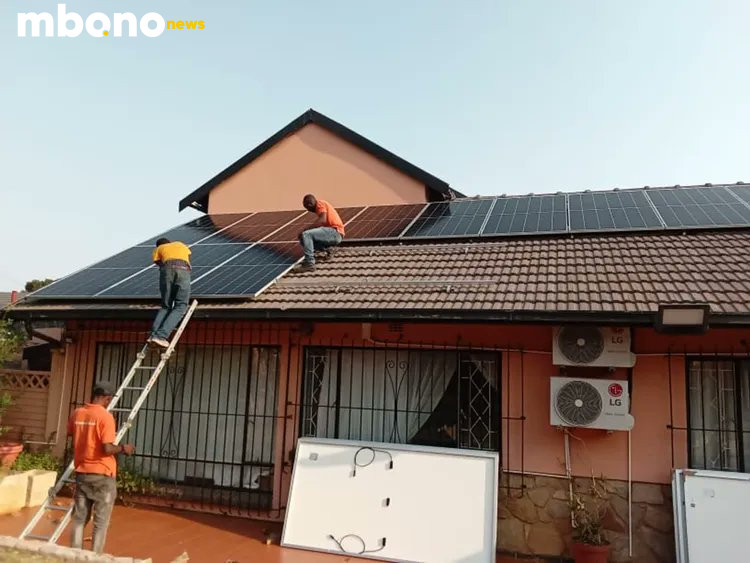Johannesburg, South Africa — A growing number of South African homeowners are turning their backs on municipal services, opting instead for off-grid living in a bid to achieve greater sustainability, independence, and resilience amid ongoing service delivery challenges.
Driven by persistent electricity outages, rising utility costs, and increasing environmental awareness, this shift marks a significant transformation in how residents approach basic infrastructure like water, power, and waste management.
🔌 From Eskom to Energy Independence
With load shedding still a regular part of daily life, many households are investing in solar panels, battery storage systems, and gas-powered appliances to escape reliance on the unstable national grid. Home energy solutions are no longer viewed as luxuries but as necessities for survival and peace of mind.
“Living off-grid gives us control,” says Kagiso Molefe, a homeowner in Gauteng who recently transitioned to a fully solar-powered home. “I know where my energy comes from, and I don’t live in fear of the next blackout.”
💧 Water from the Sky
Municipal water outages and concerns over quality are also pushing families to install boreholes, rainwater harvesting systems, and filtration units. As cities battle aging infrastructure and drought conditions in some regions, self-sufficiency is becoming both a practical and environmental choice.
🌍 A Lifestyle Shift Rooted in Sustainability
While the off-grid movement was once limited to eco-conscious pioneers and rural communities, it’s now spreading to urban suburbs and middle-income areas. Homeowners cite climate change, rising utility tariffs, and dissatisfaction with local governance as key motivators.
Real estate agents report that off-grid capabilities are becoming high-value selling points in the housing market, with buyers increasingly seeking homes with existing solar, water, and backup power systems.
🔧 Challenges Remain
However, going off-grid isn’t without its hurdles. The initial investment can be significant, and regulatory red tape in some municipalities can make installation and compliance difficult. Despite this, interest continues to grow, particularly among younger homeowners seeking long-term solutions.
